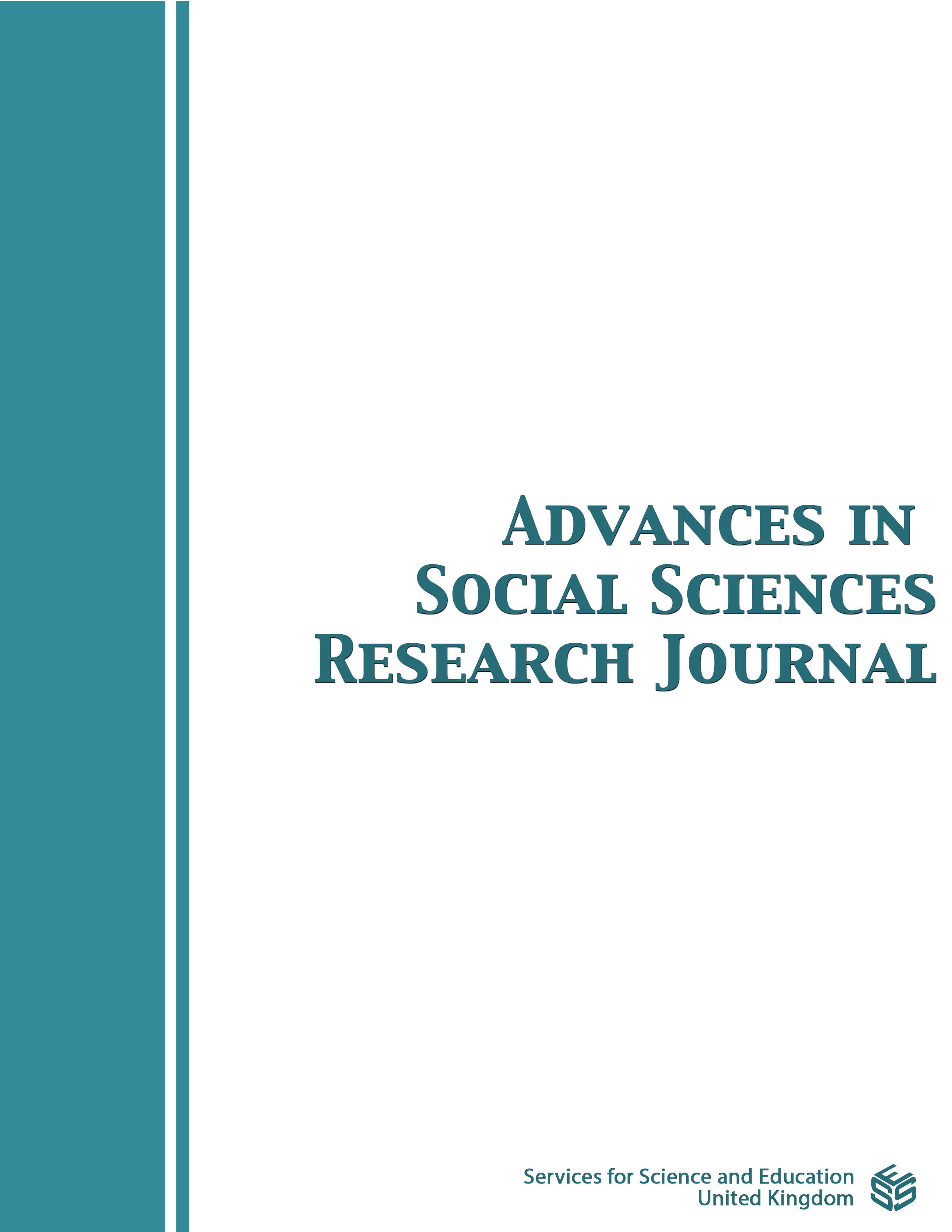The Issue of Safety Amongst Undergraduate Students of the University of Delhi
DOI:
https://doi.org/10.14738/assrj.1110.17704Keywords:
safety, unsafety, gender, city, UniversityAbstract
In this paper we investigate what are the connotations of safety for students and in what way is college a safe space. In the questionnaire administered, there was no specific question on safety. However, the response to our first question—What does entering college mean to you?—saw a significant percentage (68%) of female students associating entry into college with entry into a safe space. Students’ expectations from college —as revealed in their responses to other questions—go beyond physical safety, not only do they draw attention to the multidimensionality and complexity of the concept, but in doing so they mark out and identify within the safe environs of college, temporally and spatially fluid islands of unsafety. Their responses problematized the notion of safety, thus alerting us to a political (including gendered) and expansive understanding of safety. In this expansion safety emerges as a cluster concept incorporating dimensions of gender, equality, justice, freedom and democracy. This paper makes two arguments, first that the college experience contributes to the students’ understanding of safety in its multidimensionality. The connotations of safety include both the physical and the socio-psychological dimensions. Second that in the articulation of this learning a student develops a critical understanding of social, political, and economic structures of power.
Downloads
Published
How to Cite
Issue
Section
License
Copyright (c) 2024 Anjali Bhatia, Rina Kashyap

This work is licensed under a Creative Commons Attribution 4.0 International License.
Authors wishing to include figures, tables, or text passages that have already been published elsewhere are required to obtain permission from the copyright owner(s) for both the print and online format and to include evidence that such permission has been granted when submitting their papers. Any material received without such evidence will be assumed to originate from the authors.






